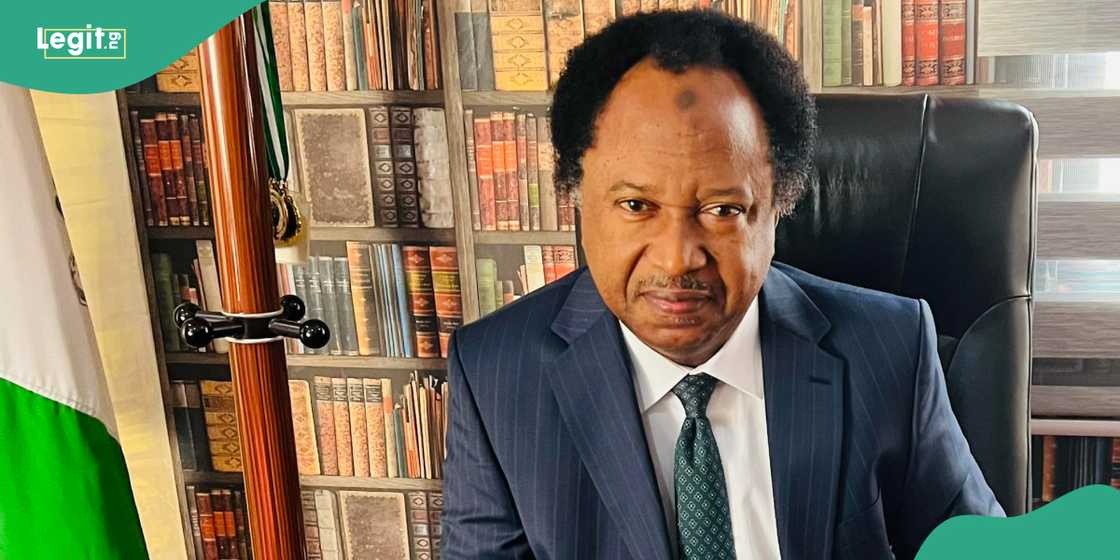- Former Kaduna Central Senator, Shehu Sani, has reacted to the policy of non-refundable visa fees
- Senator Sani said embassies of Western countries in the country are milking Nigerians and making fortunes from the people
- Nigerians agreed with the former federal lawmaker describing the non-refundable visa fees as revenue-generating
Legit.ng journalist Adekunle Dada has over 7 years of experience covering metro, government policy, and international events
FCT, Abuja – Former Kaduna Central Senator, Shehu Sani, said West countries are making fortunes from Nigerians with their non-refundable visa fees.
Sani accused embassies of Western countries in the country of milking Nigerians.

Photo credit: Shehu Sani
Source: Facebook
He stated this in a post shared via his X handle (formerly known as Twitter) @ShehuSani on Thursday, November 28.
“Western Embassies are really milking Nigerians and making fortunes from their NON-REFUNDABLE VISA fees.”
Nigerians react to non-refundable visa fees
@Olaferanmijulo
did we make our country valuable to be able to milk other countries via the same means?

Read also
Tinubu in France: Live video of Oyinbo singing P-Square’s ‘Testimony’ during state dinner goes viral
@ibirogba2000
Their outpost in Nigeria is purely revenue-generating.
A certain embassy made billions in one year from visa fee.
@favourdesimhi
Thank you sir for speaking on this
It is fraudulent to collect money from someone when you know you are not granting him the visa.
@IsraelinNigeria standout when it comes to this. They don’t collect Visa fees from you except they are granting you the visa and the fee is just N8000.
@felabayomi
You were a senator. What did you not do something about it? Accidental leaders complain after they had power and did nothing good with it.
@JustTuoyo
If only the Nigerian govt fought hard for Nigerians.
Imagine what a miraculous concept that would be!
@stopbeemotional
Our leaders need to do something about it, it’s a painful situation, many people have lost everything to this open foreign scam in Nigeria
@NGRSenate please, save us from foreign scam

Read also
Kemi Badenoch: Netizens react as Nigeria-raised UK opposition leader speaks against ‘japa’ rate
@ugochukwu_cugo
That’s true and the government should warn them to stop and fear God for once.
@yinkaisola14
“NON REFUNDABLE” Is A Clear “Wayo” Phrase.
Is That What They Do In Other Countries?
Does Nigeria Apply Same While Other Citizens Apply For Visa?
Shehu Sani reacts to N640k UAE Visa fee
Meanwhile, Legit.ng reported that Sani reacted to the N640,000 non-refundable visa fee slammed by the authorities of the United Arab Emirates (UAE).
Sani said the desperation shown by Nigerians is the reason for the ridiculous amount charged for visa application.
Other Nigerians have taken to social media to react to the N640,000 non-refundable visa fee to Dubai.
PAY ATTENTION: Сheck out news that is picked exactly for YOU ➡️ find the “Recommended for you” block on the home page and enjoy!
Source: Legit.ng

